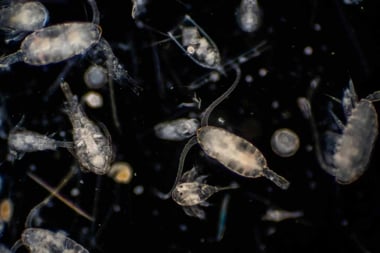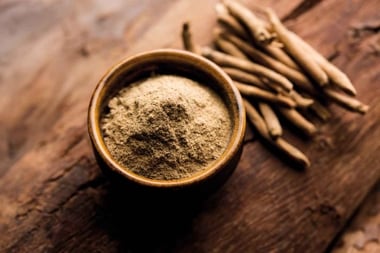Alternative Grains

â??I canâ??t eat wheat,â? said a client as she showed me her allergy test results. â??But what are these things?â? She pointed to a list of alternative grains sheâ??d been told to eat instead.

“I can’t eat wheat,” said a client as she showed me her allergy test results. “But what are these things?” She pointed to a list of alternative grains she’d been told to eat instead. Amaranth, kamut, quinoa, millet, spelt, and wild rice—the names of some alternative grains can sound intimidating. These ancient, nonhybridized relatives of our modern staple grains are flavourful, richly textured, and highly nutritious.
Amaranth
A sacred food of the ancient Aztecs, amaranth has a distinctive nutty taste. The tiny light-coloured grains can be cooked as breakfast cereal or added to other cereals and soups for extra flavour and thickness. Use amaranth flour as you would regular wheat flour. It is nonglutinous and safe for those with gluten sensitivities.
Amaranth is high in protein, fibre, B vitamins, and minerals including calcium, magnesium, zinc, copper, and iron.
Kamut
The rich, buttery flavour of this ancient Egyptian grain and relative of durum wheat makes it a popular substitute for regular wheat. Cook kamut whole, as you would the wheat berry, for cereal. Kamut flour is great for baking breads, healthful snacks, and pasta.
Kamut contains all eight essential amino acids, making it a complete protein. It is also high in fibre, vitamins B and E, and several minerals.
Quinoa
The ancient Incas called quinoa the “mother grain” and considered it a sacred food. Quinoa has been cultivated in the rugged highlands of South America for centuries. Use mild-flavoured quinoa as you would rice—as a side dish, or in salads such as tabbouleh or vegetable pilaf. Before cooking, rinse grains well to remove their natural resin coating.
Quinoa offers complete protein, fibre, B vitamins, and minerals including magnesium, potassium, manganese, and zinc.
Millet
Popular in Asian and African cuisine, millet has a mild, nutty flavour and creamy texture. Try it as a cooked breakfast cereal. Millet is a unique grain because it helps to alkalize the body, whereas most other grains are acid-forming when metabolized.
Millet provides protein, fibre, B vitamins, and iron, as well as lecithin and choline, which help to maintain a healthy cholesterol profile.
Spelt
This ancient grain dates back to biblical times, as it is mentioned by name in Exodus, Isaiah, and Ezekiel. Saint Hildegard of Bingen, a 12th-century mystic, recommended it for people too weak to eat other foods. Sweet-tasting spelt and spelt flour can be substituted for wheat or rice.
Spelt is a rich source of easily assimilable nutrients including protein and lignins. It also contains immune stimulants and anticarcinogenic phytochemicals.
Wild rice
A staple food of native Canadians, wild rice has an aromatic, woodsy flavour. It can be substituted for rice in recipes or added to regular rice to spice up its flavour and texture.
Wild rice is higher in protein, minerals, and B vitamins than common rice.
With this variety of healthful alternative grains, people who cannot eat regular wheat can still get its nutrients. Warm up your winter days with these nutritious alternative grains and add variety and zest to your meals.




